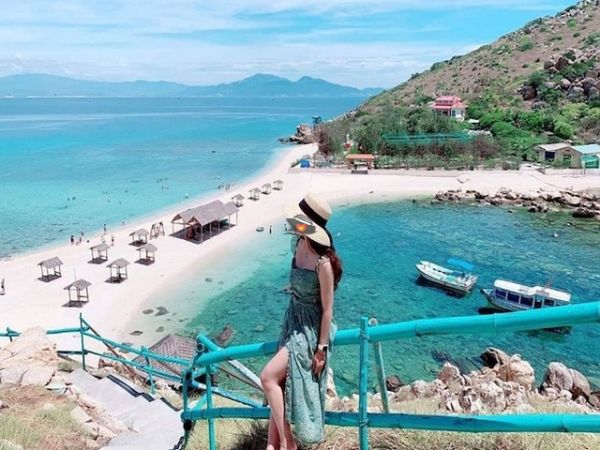THE VALUES OF SUSTAINABLE TOURISM
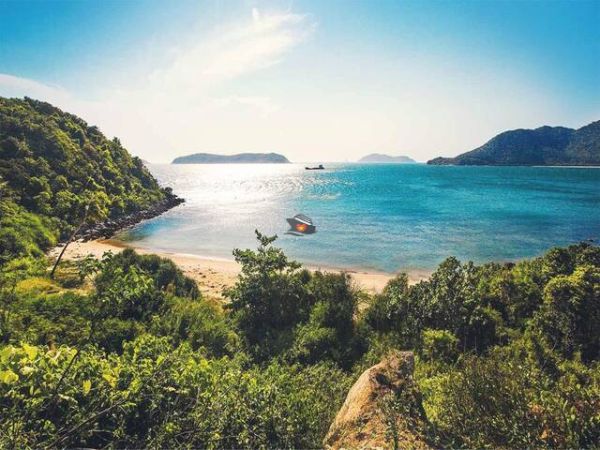
The Values of Sustainable Tourism. The Natural and Sociocultural Values of a Tourism Destination in the Context of Sustainable Tourism Development - A Protected Area Example.
The Values of Sustainable Tourism:
Description:
The "Kraljevac" Special Nature Reserve (RK) is located in the Autonomous Province of Vojvodina, in southern Banat. This first-category reserve encompasses 264.3 hectares and is a natural asset of high value. The reserve is distinguished by major geological features such as loess sections and dune relief, a lake with notable floating peat islands that contribute to the physiology of this wetland, and extremely uncommon flora and animals. South Banat's people have a rich cultural legacy, which distinguishes RK. The protected area's principal sociocultural tourism attractions are its diverse ethnic mix and diversity. The Deliblato Sands, famed in Europe for their distinctive geological characteristics, flora, and wildlife, are situated nearby.
This dramatically raises the value of the RK. The report employed quantitative methodology, which includes interviews with respondents as a research strategy. The research was designed using the Prism of Sustainability (PoS) paradigm. For this sustainable tourism study, 750 people (470 inhabitants and 280 visitors) were polled. The respondents were surveyed using both a written and an online questionnaire. Respondents used a questionnaire to express their opinions on certain assertions divided into two groups. The assertions address the ecological and sociological elements influencing tourist growth in this protected region. Both kinds of tourist destination criteria can have a substantial impact on sustainable tourism. In addition, we looked at how sociocultural and ecological elements affected respondents' satisfaction with sustainable tourism.
The study's findings show that these elements have a substantial impact on local and tourist satisfaction with sustainable tourism. The findings of this study can be useful in planning the growth of tourism in this protected region. Furthermore, the findings can inform the evolution of tourist development at the local, national, and regional levels. Scientific research, sports-recreational, ecotourism, bird-watching, events, cultural, culinary, and other tourist types might play an important role in the RK. These types of tourism can give environmental, economic, and social advantages to the protected region as a tourist destination.
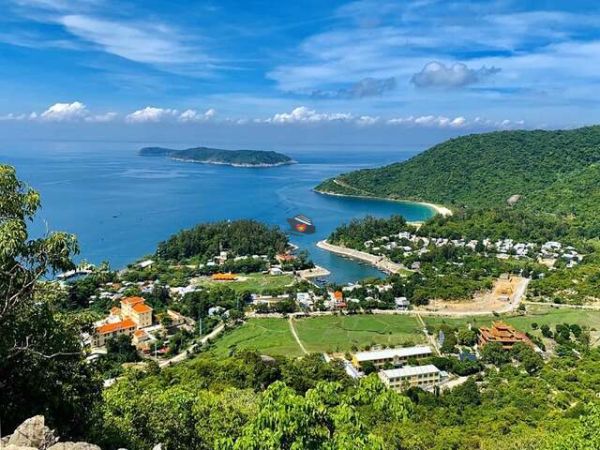
Overview:
South Banat in Vojvodina (Northern Serbia) is home to the "Kraljevac" Special Nature Reserve (RK). The RK spans an area of 264.3 hectares. Deliblato and Mramorak, both part of the municipality of Kovin, are located nearby. The RK's important advantages include a strong geographical and traffic situation, closeness to Belgrade and other Serbian cities, and proximity to Romania. The RK's closeness to the Deliblato Sands is a unique element that emphasizes its essential natural values. This nature reserve's highlights include rare flora and wildlife, geological formations, and geo-heritage items. The cultural legacy of the ethnically varied population that resides in the region is particularly important and contains components.
Sustainable tourism necessitates significant ethical reforms for all parties in the tourism process, from the tourism sector as the carrier and developer of the offer to visitors as consumers of tourism services. One of the most significant aims of sustainable tourism development is to provide beneficial ecological, economic, sociocultural, and institutional improvements and advantages to all subjects involved in tourism's progress. Residents and visitors are the most essential drivers of tourism growth. When considering sustainable tourism from the perspective of tourist development in a protected area, nature and its aspects must be conserved as part of the planning, development, and regulation of tourism.
Environmental sustainability refers to the adoption of essential postulates governing all operations inside the tourism destination. In terms of sustainable tourism in protected areas, ecological sustainability entails the growth of tourism while improving all-natural qualities. Tourism's sociocultural sustainability is concerned with how it affects changes in collective and individual value systems, behavioral patterns, community structures, methods, and quality of life. Furthermore, sociocultural sustainability implies that residents and visitors connect continuously while also benefiting the local community.
Because of its exquisite natural and social values, the RK can be an important part of the tourism offering, and these values can have a significant impact on the development of nature-based tourism, ecotourism, cultural tourism, scientific research, excursion tourism, sports-recreational tourism, events, and other forms.
To identify these effects on inhabitants and visitors, it is vital to investigate their views toward sustainable tourism and assess their degree of satisfaction. Furthermore, standards for the improvement and growth of tourism must be established by sustainable tourism and environmental preservation. A fundamental issue is that sustainable tourism in the Republic of Korea has yet to be investigated. This prohibits a comparison study of previously published scientific data.
When planning tourist growth in the RK, inhabitants have an important role. Proper tourist development requires the cooperation of the local community. Sustainable tourism in protected areas is based on a set of legislative and management strategies and activities that may be integrated into tourist development in these sensitive locations. Their primary goal is to strengthen ecological principles, please tourists and inhabitants, and lead tourism development toward the preservation of natural and cultural values.
The purpose of this article is to analyze the state of sustainable tourism in the Republic of Korea using the destination's natural and social qualities. In connection with these two categories of elements, respondents will declare themselves using a questionnaire in which statements connected to specific tourist development factors are defined. Examining certain aspects can reveal the current condition and potential for establishing clear major sustainable tourism forms in the Republic of Korea.
The study's goal is to look at how sustainable tourism affects locals' and tourists' satisfaction with tourism development. The study's findings on respondents' levels of satisfaction with sustainable tourism may be used to determine the value of individual natural and social components in tourist development. The particular aims of this research are to look into the environmental and social variables that permit the development of different types of tourism. Given that this is a tourist site with a fragile ecology, the specific purpose is to explore possible forms of nature-based tourism. The growth of various kinds of tourism may encourage this protected area to become an essential element of the tourism offering.
The findings of this study might reveal the studied area's strengths and limitations in terms of tourist development potential. This allows us to identify all of the opportunities for tourism growth, which must result in beneficial ecological benefits for the protected region. Furthermore, this research is significant because it gives critical information about how this protected area might contribute to the sustainable growth of tourism as an independent or complementary attraction.
This investigation uses a quantitative approach, with surveys as the primary research tool. The research tool was a questionnaire, both printed and online. A total of 750 individuals (470 locals and 280 tourists) were polled using random sampling. The acquired data was processed and shown using SPSS v.21 software (IBM, Armonk, NY, USA) and a tabular data presentation.
This study's scientific contribution is to provide substantial information regarding sustainable tourism development in the protected area, which may be used to evaluate other destinations with sensitive ecosystems, as well as geological and biological aspects. The expected research findings should indicate the level of influence on sustainable tourism development in protected areas, followed by possible protection systems and models within this area, and the establishment of a tourism offer based on the implementation of natural and sociocultural elements. Furthermore, the scientific contribution of this research is mirrored in the contemporary global concerns that mankind has been actively addressing in recent decades.
Such issues include ecological issues and environmental improvement, the protection of living and non-living nature, and ecosystems, the acquisition of ecological, economic, and sociocultural benefits through improved protection, the promotion of natural and sociocultural values, the impact of tourism on space, and other science-related topics. Proper tourism development based on natural and sociocultural qualities, nature conservation, and monitoring may generate cash from visitor consumption and direct it toward the improvement of RK as a destination. Sustainable tourism is an excellent example of incorporating this protected area within the tourist offer.
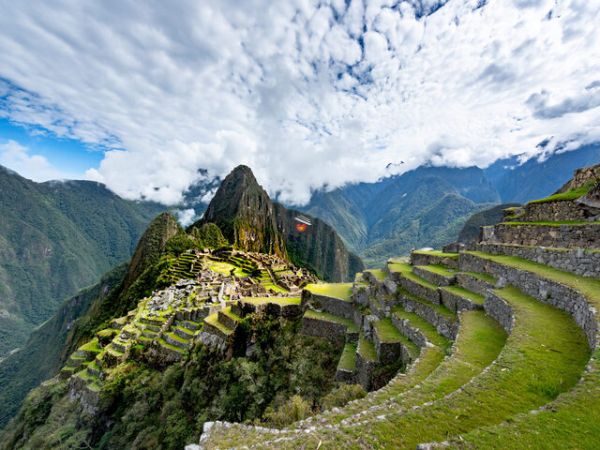
Literature Evaluation:
The notion of sustainable tourism says that diverse tourist types must meet specific parameters to have a good influence on the environment, local community, and visitors. Environmental, social, economic, and institutional repercussions are the most significant. Sustainable tourist development in special nature reserves necessitates a series of actions and steps to safeguard these sensitive places, with the overarching goal of strengthening the destination's ecological and social components. Another major objective is to satisfy tourists and residents by offering a variety of services and advantages sustainably.
Tourism development within protected areas is frequently influenced by the extinction of rare flora and fauna, the use of land for infrastructure construction, carrying capacity, zoning, defining the role of residents in tourism development, sociocultural impacts, tourism's contribution to the local economy, and control over the development of receptive facilities for tourist accommodation and food.
Natural and sociological aspects in protected areas play an important role in promoting tourism. This viewpoint serves as the foundation for the study described in this paper. The authors examined the natural variables present in the RK in terms of the development of ecotourism and other nature-based activities. Ecotourism has the potential to be a significant kind of tourist movement as travelers increasingly turn to tourism to improve the destination's natural qualities.
From a sustainable tourism standpoint, it is critical to emphasize the intangible cultural legacy of the local community or the tourist site. This heritage is marketed to visitors as an offer, with the primary purpose of exposing them to as much culture, tradition, traditions, folklore, events, and other ethno-social motivations as possible. Achieving economic, ecological, and social outcomes in tourist sites is a precondition for sustainable tourism development. Events and cultural tourism are kinds of tourism that allow travelers to experience the local population's cultural heritage in its most genuine form. This made it easy for the writers to assess the cultural potential of the people who reside around the protected region, research intangible cultural assets, and investigate any upcoming or present events that may have a tourist component.
Naturally Value:
Within protected regions, the type of tourism infrastructure must be carefully considered. The infrastructure should include eco-resorts or eco-hotels with significant eco-certificates for ecological business operations and activities within the destination, restaurants serving organic food, environmentally friendly modes of transportation, a sufficient number of educational facilities, and visitor and information centers.
Buckley investigated the relationship between ecotourism and the environment by reviewing selected published research findings, including case studies. This study seeks to establish which forms of protected area management can yield the most ecological, economic, and social advantages. The author stressed the significance of promoting tourism in eco-destinations with vulnerable natural and sociocultural resources. It was argued that only good tourist growth based on natural and manmade motivations has favorable environmental consequences.
An analytical framework was proposed that distinguishes four types of mechanisms: those that can generate positive effects, those that can reduce negative effects, those that can increase negative effects, and mechanisms of contentious issues concerning the scope and integration of various management establishments. The study's findings underline the importance of the ecological pillar of tourist development, which requires that it have no negative environmental impact. This may be accomplished with proper tourism development planning. The scientific contribution of this research is to bring out the need to use ethical norms, the active participation of local companies and marketing, the potential relevance of the local community, and the importance of altering new trends in life and travel, which must be closely tied to ecological principles.
Eagles et al. Investigated sustainable tourism in protected areas and the effects of tourist development in sites with sensitive ecosystems. The goal was to examine extensive written material and case studies on the influence of protected areas on sustainable tourist growth. On that occasion, it was important to gather considerable information that might aid in the development of different protection measures aimed at decreasing anthropogenic impacts on the environment in several protected areas across the world. For the research area of activity, the authors had numerous maritime ecosystems, mangrove forests, national parks, special nature reserves, mountain and hydrographic areas, wilderness areas, ecosystems adjacent to urban areas, and other protected areas where there are certain tourist activities and various impacts on the environment.
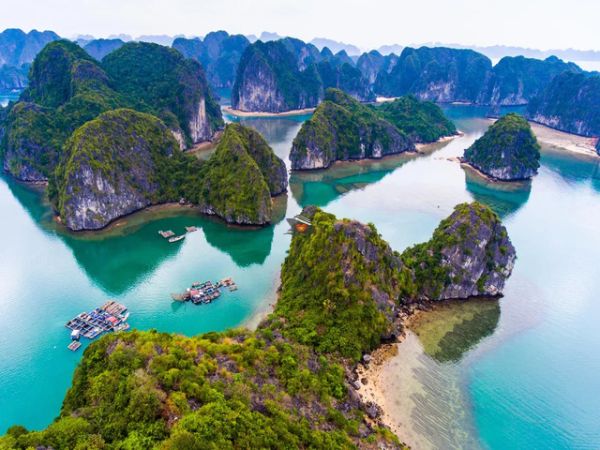
Spenceley identified weaknesses in the development of sustainable tourism by assessing the present state of tourism in various protected areas. Using qualitative methods, scientific information was acquired that there are certain features of tourist development in protected areas that should be taken into account:
- Tourism involves multiple activities, making it challenging to identify causes and consequences.
- The long-term effects of tourism are uncertain.
- Physical changes to the destination may not always be detrimental to survival.
- Recovery measures for ecosystems from various impacts are difficult to comprehend.
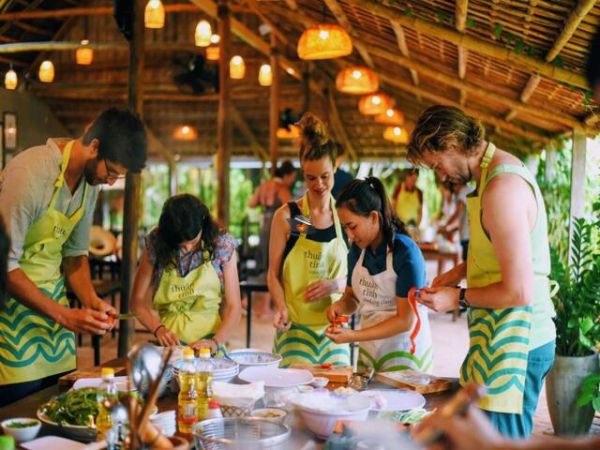
Hotline/WhatsApp support: +847-6666-0606


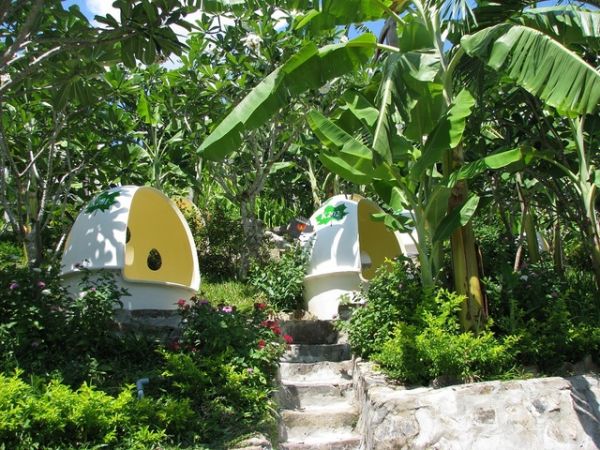
.jpg)




